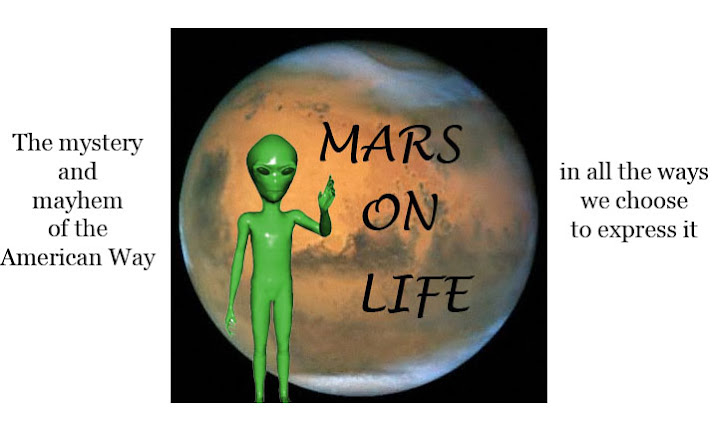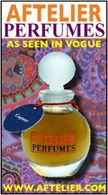
The name Estee Lauder is so woven into the fabric of American cosmetic consciousness that it is impossible for women born during Baby Boom and later generations to remember a time when a Lauder "face" was not a symbol of the American woman in her most elegantly idealized form.
The model Lauder face was one with a serene, regal mien and democratic, All-American good looks. Unlike today's brooding Eastern European child-woman, the Lauder face had classical, symmetrical features devoid of quirkiness or exoticism. The best known of these faces, the model Karen Graham, was depicted as American aristocracy, often wearing sumptuous apparel and reposing in salon-like settings.
The cosmetic line that the faces represented has held firm across the decades. The growing empowerment of the youth voice and product globalization has seen the speedy promulgation of European runway images influence the American consumer with a constantly mutating cosmetic message. The speed and faddishness with which these directives changed made it increasingly difficult for the average woman to extrapolate them into a usable personal "look."
Assailed by an array of looks that changed seasonally and whimsically, a consumer might feel overwhelmed by trends and fashion dicta issued by the cutting-edge makeup artists whose work was often more artistic than it was wearable. The aesthetic fixity of Lauder's cosmetics ensured a message of essential good taste no matter the passing bias and trend.
Lauder's faces adapted gently; when America went outdoors in the 1970s the Lauder model did as well, taking up riding, tennis, and fly-fishing. Indoors, the model was urbanely domestic without being seen to pursue domesticity. Her homes had the heavy sort of decoration one might expect on Park Avenue, yet the cosmetics sold equally as briskly in the suburbs, where they took on an aspirational characteristic. Conceptually, the overall statement was one of health and good breeding, of tasteful occupation and quiet cultivation.
During what might have been a time of upheaval, the 1960s, Lauder's models sailed through women's liberation with skincare rather than political agendas. Twenty years later, the model Paulina Porizkova became the archetypal beautiful bride when women were becoming fierce, macho workplace competitors.
Lauder is a case where a static, consistent image has been a highly beneficial one. For 60 years, the substance of beauty ha s quietly seemed more prized over the popular cultural statement. By staying within a carefully defined color palette and message, Lauder maintains the image of the American upper-class woman as free from cultural distraction and divisiveness.
s quietly seemed more prized over the popular cultural statement. By staying within a carefully defined color palette and message, Lauder maintains the image of the American upper-class woman as free from cultural distraction and divisiveness.
For Holiday 2007, Lauder's campaign is Into the Night, a look strongly based on a rich red lip and an illuminated complexion in tones of gold or platinum. Holiday looks have always been one of Lauder's strongest suits, relying as they do on a classically ornate palette and special multi-purpose highlighting powders. And the Lauder holiday gift sets are, as usual, the stuff of cosmetic legend.
Image: © Estee Lauder, Inc.
Wednesday, November 28, 2007
Estee Lauder and the American Cosmetic Conscious
Subscribe to:
Post Comments (Atom)









No comments:
Post a Comment